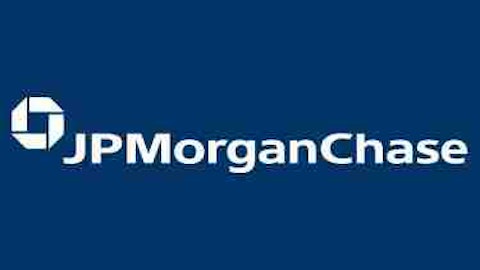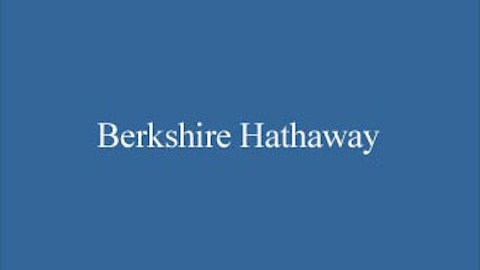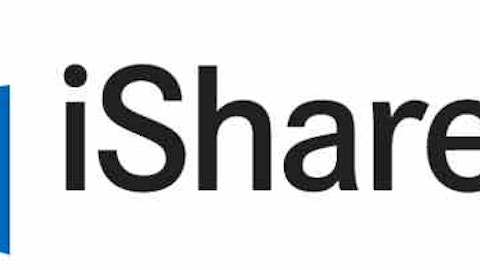Keeping your investment costs down is the best way to improve your returns. With the rise of exchange-traded funds, it’s easier than ever to minimize your investing costs by embracing simple index-investing strategies that lend themselves to maximum efficiency.
Even among index ETFs, though, not all providers share the same concern for keeping their costs down. With that in mind, let’s take a look at four ETFs that offer broad-based exposure to the U.S. stock market without unnecessarily high fees.

Schwab U S Broad Market ETF (NYSEARCA:SCHB)
Leading the low-cost list is Schwab U S Broad Market ETF (NYSEARCA:SCHB) offering. It tracks the Dow Jones U.S. Broad Stock Market Index, which includes 2,500 different stocks and gives investors exposure not just to large-cap stocks but to a much wider range of publicly traded U.S. companies. With about 20% of assets invested in mid-cap stocks and around 8% dedicated toward small- and micro-cap companies, the fund carries an expense ratio of just 0.04% and is suitable for investors looking to mimic the performance of U.S. stocks generally. With just $2.2 billion in assets, Schwab U S Broad Market ETF (NYSEARCA:SCHB)’s offering is the smallest on this list, but it has potential to grow as it builds a longer-term track record.
Vanguard Total Stock Market ETF (NYSEARCA:VTI)
Vanguard Total Stock Market ETF (NYSEARCA:VTI)’s similar ETF weighs in with a slightly higher expense ratio of 0.05%. But having been in existence a lot longer, the fund claims assets of about $33 billion, with the figure swelling to almost $268 billion when you include assets from related traditional mutual-fund share classes. Vanguard Total Stock Market ETF (NYSEARCA:VTI) tracks the CRSP U.S. Total Market Index, which includes more than 3,500 stocks and provides a similar mix of about 19% mid-cap and 9% small- and micro-cap stocks to go with its majority large-cap exposure.
iShares S&P 500 Index (ETF) (NYSEARCA:IVV)
iShares S&P 500 Index (ETF) (NYSEARCA:IVV) has two U.S. stock index ETFs that share the same 0.07% expense ratio. One tracks a broader range of 1,500 stocks that make up the S&P 1500, consisting of the 500 stocks in the S&P 500 as well as companies in the S&P 400 MidCap and S&P 600 SmallCap indexes. But that ETF has only $835 million in assets, compared to the $44 billion held in the iShares S&P-tracking fund. Despite both ETFs having the same expenses, the S&P 500 tracker has greater liquidity and therefore could reduce overall trading costs.
SPDR S&P 500 ETF Trust (NYSEARCA:SPY)
The original index ETF remains an inexpensive choice for investors, sporting a 0.09% expense ratio and assets of $135 billion. It doesn’t have the broader-market exposure to mid-cap and small-cap stocks that some other index ETFs above offer, but it features the most trading liquidity of any of the ETFs listed here. With a strong following among institutional investors, the SPDR S&P 500 ETF Trust (NYSEARCA:SPY) is likely to remain the industry leader for a long time to come.
Stay cost-smart
With ETFs, costs really matter. By sticking with low-cost ETF offerings, you can make sure more of your money goes toward providing you the long-term growth you need for your financial security.
The article The 4 Cheapest ETFs for Buying U.S. Stocks originally appeared on Fool.com and is written by Dan Caplinger.
Fool contributor Dan Caplinger owns shares of iShares S&P 500. You can follow him on Twitter: @DanCaplinger. The Motley Fool has no position in any of the stocks mentioned.
Copyright © 1995 – 2013 The Motley Fool, LLC. All rights reserved. The Motley Fool has a disclosure policy.





